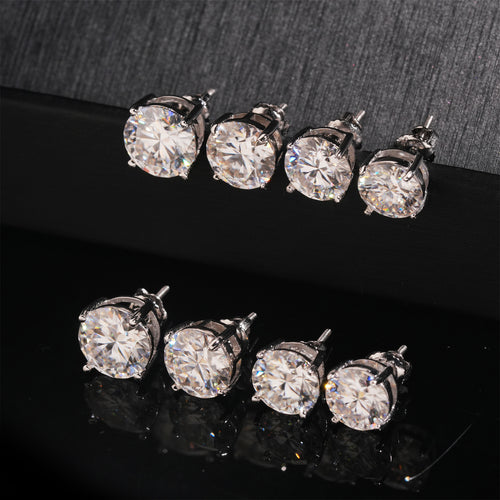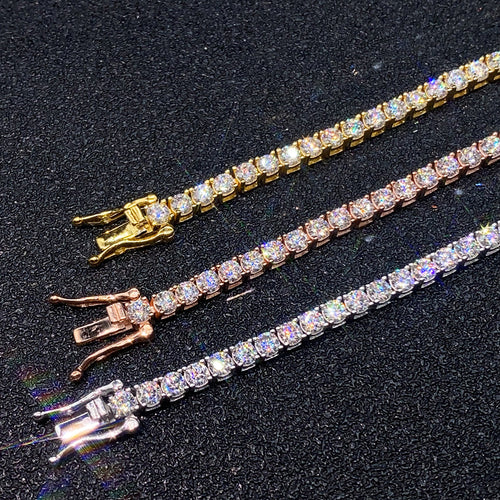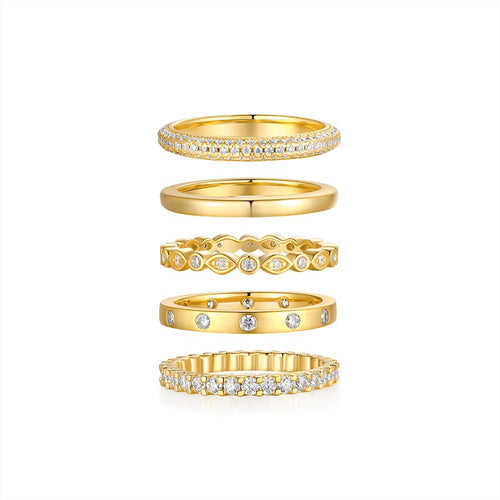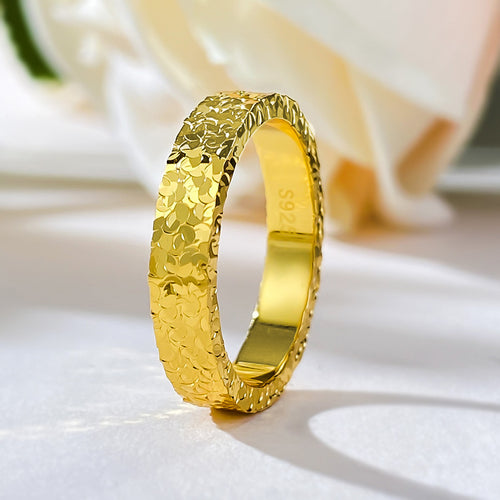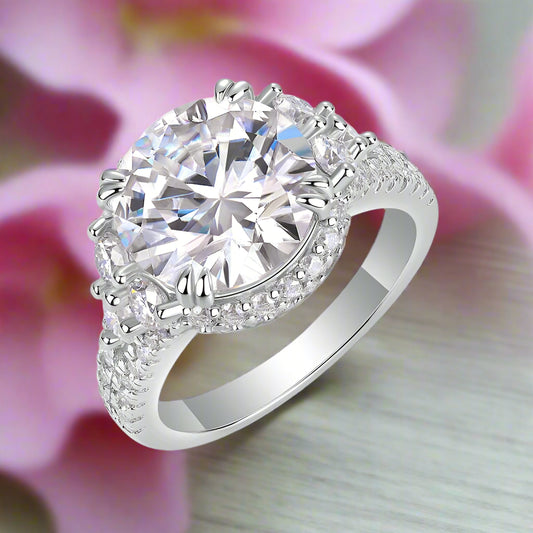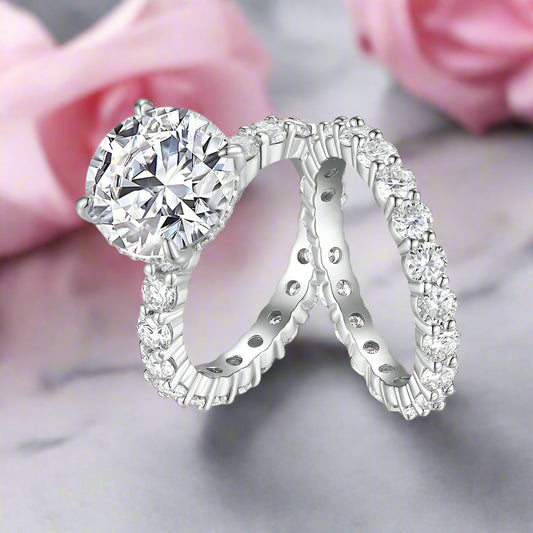When it comes to finding the perfect diamond alternative, two popular contenders are Cubic Zirconia (CZ) and Moissanite. Both stones offer brilliant sparkle and affordability compared to natural diamonds, but they differ significantly in terms of durability, brilliance, and long-term value. If you’re shopping for an engagement ring, fine jewelry, or simply want to understand the best diamond simulant for your lifestyle, this guide will help you choose between zirconia and moissanite.
What is Cubic Zirconia (CZ)?

Cubic Zirconia, often called CZ, is a lab-created crystal made from zirconium dioxide. It was first developed as a diamond alternative because of its affordability and decent sparkle. However, it is softer and less durable than natural diamonds or moissanite, making it prone to scratches and dullness over time.
-
Hardness (Mohs scale): 8–8.5
-
Sparkle & fire: White light brilliance, but less fiery than diamonds
-
Price range: Very low, making it a budget-friendly option
What is Moissanite?

Moissanite is a lab-grown gemstone created to replicate the natural mineral silicon carbide, first discovered in a meteor crater. Unlike zirconia, moissanite is incredibly durable, sparkly, and often mistaken for diamonds because of its brilliance.
-
Hardness (Mohs scale): 9.25 (second only to diamonds at 10)
-
Sparkle & fire: Exceptional brilliance with more rainbow fire than diamonds
-
Price range: Affordable, but more expensive than cubic zirconia due to durability and quality
Zirconia vs. Moissanite: The Key Differences
1. Durability and Longevity
-
Cubic Zirconia: Scratches easily, may lose shine within a year or two if worn daily. Best for occasional jewelry.
-
Moissanite: Extremely durable, perfect for daily wear such as engagement rings. Keeps brilliance for decades.
2. Brilliance and Sparkle
-
CZ: Sparkle is bright but lacks the fiery rainbow flashes of moissanite. Can appear slightly glassy.
-
Moissanite: Known for its rainbow sparkle (fire) and high refractive index, often brighter than diamonds.
3. Affordability
-
CZ: Cheapest option, but also shortest lifespan.
-
Moissanite: Costs more upfront but offers better value long term because it lasts much longer.
4. Everyday Wear
-
CZ: Not recommended for everyday engagement rings because it dulls quickly.
-
Moissanite: A popular diamond alternative for engagement rings because of durability and beauty.
Which Stone Should You Choose?
-
Choose Cubic Zirconia (CZ) if you’re on a very tight budget, want a temporary piece, or need jewelry for occasional wear.
-
Choose Moissanite if you want a durable, ethical, and affordable diamond alternative that will last for years while maintaining brilliance.
For engagement rings and long-term jewelry, moissanite is the superior choice.

FAQs about Zirconia vs. Moissanite
1. Is moissanite better than zirconia?
Yes. Moissanite is harder, more brilliant, and longer-lasting than cubic zirconia, making it a better choice for everyday jewelry.
2. Can you tell moissanite from diamond?
To the naked eye, moissanite looks almost identical to diamond, but it often shows more rainbow flashes under light. Jewelers use special tools to tell them apart.
3. Does cubic zirconia turn cloudy?
Yes, CZ tends to lose its sparkle over time due to scratches, dirt buildup, and exposure to chemicals.
4. Is moissanite more expensive than zirconia?
Yes, but it’s still much cheaper than diamonds and provides far greater value because it lasts for decades.
5. Is either stone real?
Both zirconia and moissanite are lab-created gemstones, not natural diamonds, but moissanite is considered a “real” gemstone because it is made from silicon carbide, a natural mineral.


